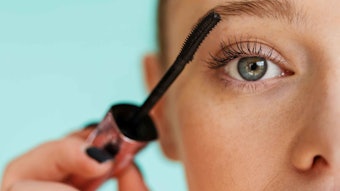While industry tries to understand the 7th Amendment to the Cosmetic Directive, which goes into effect in 2004 and 2005, the Scientific Committee on Cosmetic Products and Nonfood Products Intended for Consumers (SCCNFP) continues to meet and make recommendations for further changes to the EU Cosmetic Directive’s annexes. These are called Adaptation to Technical Progress (ATP). The 30th ATP, which received final approval at the end of April, was published on September 24, 2003. This will be reviewed in a future column.
Tallow and its Derivatives
The 27th ATP, which issued on January 6, 2003, again changed the Annex II (List of Substances Which Must Not Form Part of the Composition of Cosmetic Products), which is known as the prohibited list, item 419, and deals with sheep, goat and cattle parts. This item seems to be changed every year. The prohibition is due to real concerns about BSE (“Mad Cow Disease”). However, I have not seen evidence that it can be transmitted by topical application of tallow derivatives used in cosmetics.
These derivatives can be the chemical reactions to separate tallow into its basic components – alcohol (glycerin) and its fatty acids (stearic, palmitic and oleic acids) – or further complex chemical reactions such as esterification, ethoxylation, reduction, neutralization, etc. In the many courses I teach, I ask my students, “Do you use animal-derived fatty acids or glycerin?” Their response is that no one uses these animal-based ingredients in their formulations, with the exception of soap. It was easier to switch to vegetable fatty acids and glycerin than to European Union Update try to satisfy the ever-changing EU requirements and, especially, the record-keeping of the sources of the fatty acids.







!['I think the biggest game-changer about [MoCRA's] ... requirement for GMPs is how it changes what it means to be adulterated,' Brandi Reinbold, senior manager of global certification for NSF International, said in this sponsored videocast. Register now to watch and learn more. It's free.](https://img.cosmeticsandtoiletries.com/files/base/allured/all/image/2023/11/NSF_Intl_Thumbnail.6554efdc29816.png?auto=format%2Ccompress&fit=crop&h=191&q=70&rect=275%2C70%2C1328%2C748&w=340)


